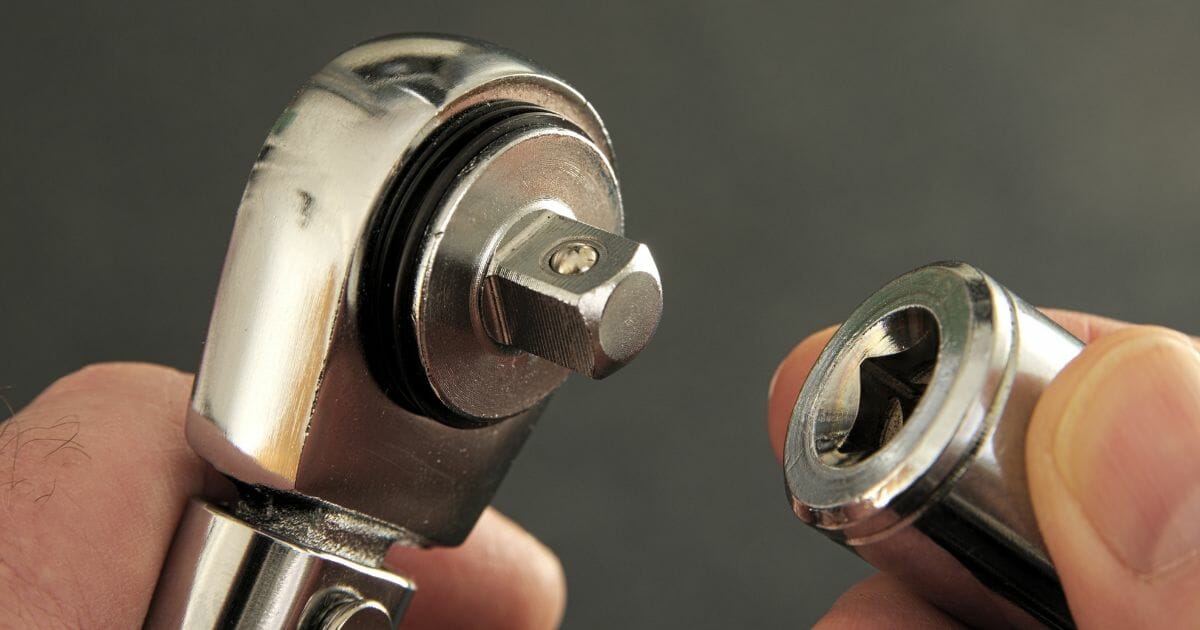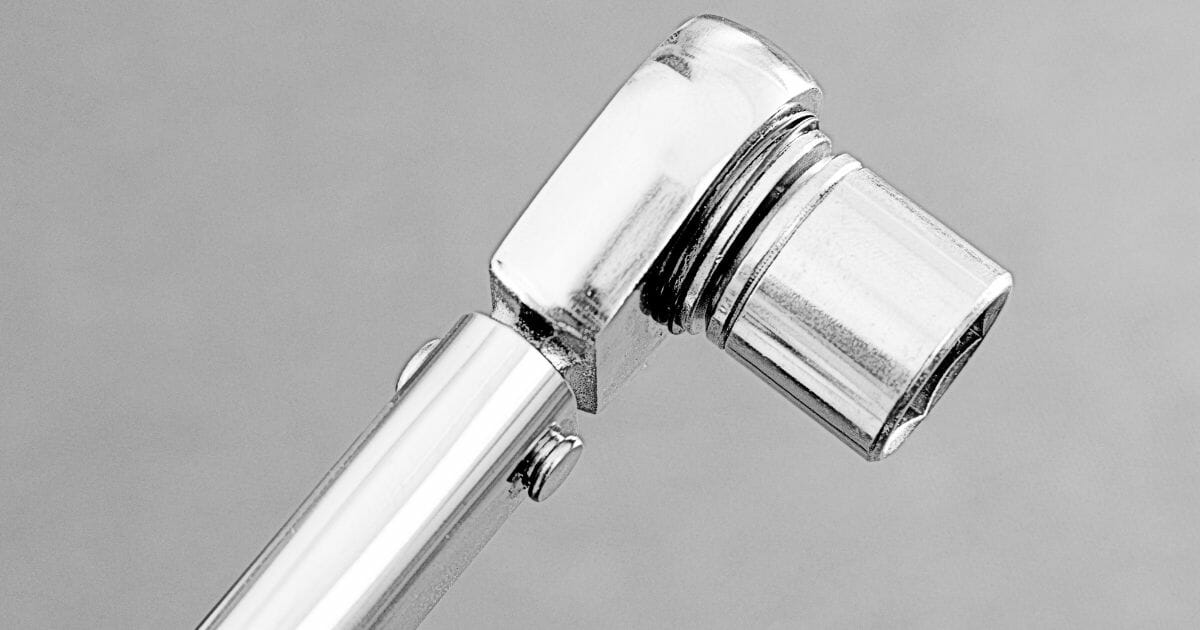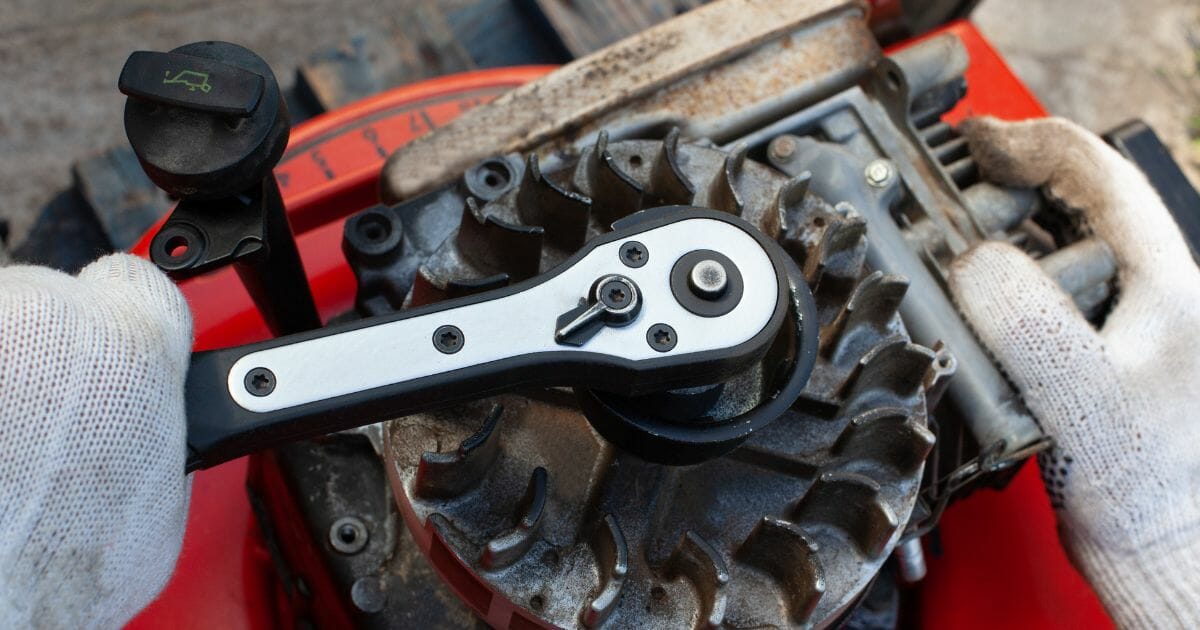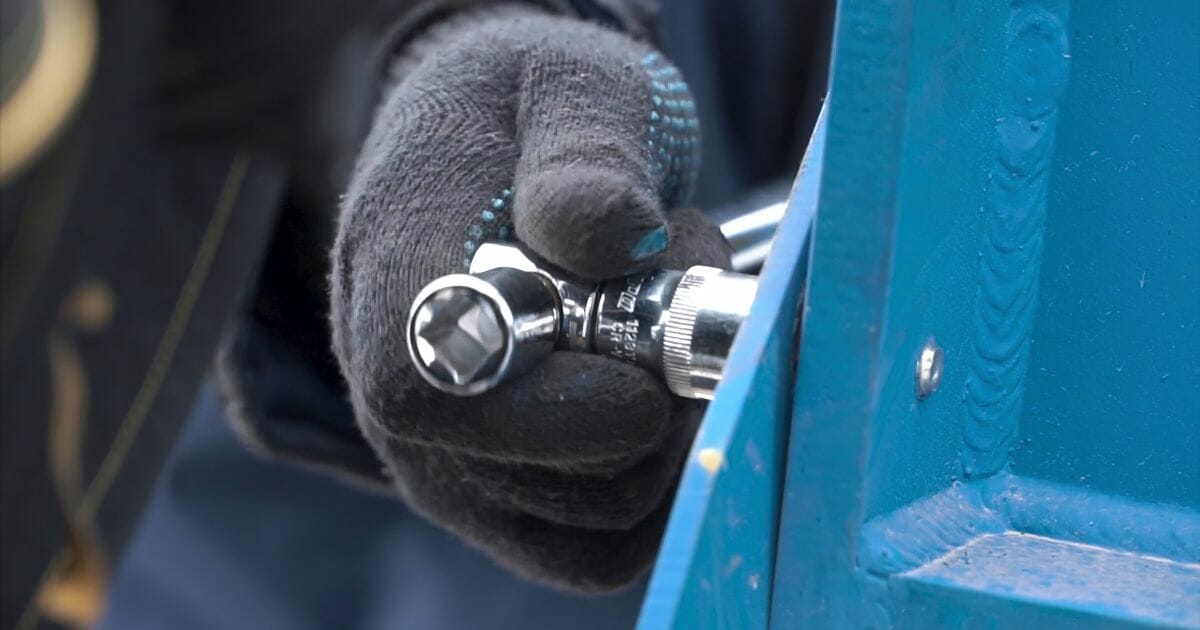Can You Use a Torque Wrench to Loosen Bolts? A Guide to Torque Wrenches

Can you use a torque wrench to loosen bolts? When you hear the word “wrench,” you probably get a specific image in your mind of a metal crescent wrench. But torque wrenches are quite different. Given that it is intended for tightening rather than loosening, we must say it is not the ideal tool to loosen bolts.
Although some people could still use it, we do not highly recommend it! However, if you’re left with no alternative, you can use a torque wrench to loosen bolts, and we’ll give you some tips on how to do so. Let’s explore what a torque wrench is, how to use it, and how to loosen bolts using a torque wrench.
What Is a Torque Wrench

A torque wrench is a device used to manage and apply a particular torque to fasteners like nuts and bolts, which means it is not designed to loosen bolts, nuts, or screws. Torque wrenches are essential in common mechanics, wheel-changing operations, and industrial services and repairs.
When maintaining a car, it is important to adhere to the manufacturer-specified torque requirements for a vehicle. A torque-regulated method must be utilized to tighten the necessary torque for both the wheels and any other fastened components.
The majority of the industry is now aware of this and frequently uses an impact wrench and a torque wrench together. However, it is still important to reiterate some important advice with these highly precise tools.
How to Use a Torque Wrench

Since there are many torque wrenches available, each one has a unique set of applications. You might need to replace torque wrenches far more quickly than you thought if you keep using them for purposes outside of their design — like loosening bolts. Let’s quickly review each type’s usage.
Digital Torque Wrench
Digital wrenches handle a lot of the work for you and are designed to remove the guesswork from adjusting a torque wrench effectively for a certain operation. With the use of digital torque wrenches, you can be sure that you always use the right torque setting for the task at hand, preventing future problems.
Here is how to use a digital torque wrench:
- Your digital torque wrench should be set to the desired torque. The “SET” switch and up and down arrows found on most models let you adjust the parameter.
- Regulate the “Go” and “No-Go” signal responses by programming the tolerance level.
- Set up your torque wrench, then start adjusting. The majority of digital torque wrenches have a buzzer or LED that lets you know when to stop adding torque.
- Verify what you read. A green light is typically used by digital torque wrenches to indicate that the proper torque has been attained.
Dial Torque Wrench
When tightening bolts on equipment or automobiles, dial torque wrenches provide a higher level of precision. Using a dial model gives quality control. This type of wrench is frequently utilized in manufacturing and maintenance operations for tightening large nuts and bolts, such as the ones that secure your car’s tires.
Here’s how to use it:
- Choose the ideal level of torque for your wrench according to the task.
- Make adjustments by placing the torque wrench on the bolt or the nut. When you’ve selected the right torque level, many models have a light or buzzer that will activate.
- If your model does not have a light or sound sensor, check your torque data as you proceed. To observe the reading as you turn the torque wrench, keep the gauge in your line of sight.
Adjustable or Click Torque Wrenches
To make any changes to your car or other massive products, you can use a straightforward piece of equipment called an adjustable, click-style torque wrench.
Despite being a little unusual, the method is simple to understand. To utilize a torque wrench of this kind for your upcoming project, calibrate it as follows:
- Select the appropriate torque wrench for the task.
- To effectively adjust your wrench, make sure your bolt has the right torque.
- Lock down the bottom release — your torque wrench’s setting will be locked using this method.
- Secure the torque wrench in place. The torque wrench should be turned until you hear two clicks — this indicates that the ideal torque has been attained.
Beam Torque Wrench
The majority of these types are employed in auto maintenance and repairs. Here’s how to put them to use:
- First, consult the tool’s instruction manual to determine the required torque value for the particular fastener being adjusted, and then enter that value onto the wrench’s scale.
- An analog meter on it will display the force that is exerted on the bolt. When the meter reaches the required torque level, cease pulling on the handle while closely monitoring it.
Can You Use a Torque Wrench to Loosen Bolts?
We now return to the original query — Can you use a torque wrench to loosen bolts? Our response remains no, but there are certain steps you may take if you do decide to remove bolts using torque wrenches.
The first thing you must do before utilizing it for about any reason is to check it for exterior damage. You’ll start by activating it to change the settings if there are no issues.
You will have to turn the torque wrench in the reverse direction to release the bolt rather than compress it. The wrench must be configured for counterclockwise rotations to accomplish this. If not, all you will be doing is making the bolt tighter.
You must confirm again that the desired torque limit has been chosen during this step. You must be careful not to reach the wrench’s maximum torque value, which will be stated in the package recommendations.
Given how firmly nuts are often fastened, you’ll probably need to use the maximum torque setting for this activity. Before locking it back into position, you will spin the scale from low to high to set the wrench.
The socket for the bolt must then be attached to the end of the wrench that will be joining it. For the bolt to be moved at all, the extender you select must be able to securely embrace the bolt. Place the socket onto the targeted nut or bolt. Rotate the handle counterclockwise until you can remove it with your hand.
However, it can take a few tries, and you don’t want to put too much strain on the instrument by rotating it too much. Keep in mind, bolts could get stuck in the extender if you use too much force. If this happens, reverse direction and put the bolt back in a bit, then use your fingers to loosen it enough to remove it.
Additional Advice for Using a Torque Wrench to Loosen a Bolt

Although torque wrenches can occasionally be used to loosen bolts, there are a few points to keep in mind before you begin.
Firstly, torque wrenches have a maximum torque limit that should never be exceeded. They are designed specifically for tightening bolts. Bolts are firmly fastened in place — removing them will probably require more torque than a torque wrench can provide.
The maximum torque limits must not be disregarded because doing so could damage the wrench permanently and restrict its functionality once the task is finished.
You can provide some extra pressure in different ways to make the operation of releasing a bolt with a torque wrench simpler and less demanding on the instrument.
Before attempting to unscrew it, you might first try heating it with fire to help it relax a bit more. A lighter or any other type of blow torch can be used for this.
It should be simpler for your torque wrench to easily release the bolt without exerting too much unneeded power on your instrument once you have exposed the bolt to high heat for a sufficient amount of time.
In contrast, damaged or rusted bolts can be separated from one another using penetrating oil. Applying oil to the surface and allowing it to sit for a few hours will cause the oil to seep into the bolt, making it easier to loosen.
All of these techniques will enable you to remove a bolt with a torque wrench effectively without endangering the tool.
Other Ways to Loosen Bolts
What should you use instead of a torque wrench now that we don’t advise using one for loosening bolts? Here are some suggestions to get you going.
Penetrating Oil
When attempting to loosen a bolt, you should start using penetrating oil, also referred to as CRC.
Spray the fasteners and wait 10 to 15 minutes to enable the oil to permeate the bolt. The fastener can then be removed using a screwdriver. Penetrating oil is a useful technique to attempt initially when trying to loosen a nut.
Pair of Hammers
If a bolt or nut is exceptionally difficult to remove, occasionally using a pair of hammers can assist loosen the head so you can extract it with a wrench.
Note that keeping the hammer against an edge will cause harm to the head; instead, hold it on one of the flat surfaces of the nut. Then, strike the opposite surface with the other hammer. Try to remove it with a screwdriver after a few solid blows.
Hacksaw
If all of the aforementioned techniques have failed and you’ve got badly corroded nuts, bolts, or screws, you might need to use a hacksaw to eliminate the fastener — sometimes oil is just not effective.
Carefully saw the nut on a single side, then use a wrench or screwdriver to remove it. This is the situation where you have attempted to remove a nut but failed.
If it’s still stuck, you might try to saw the other side before using a hammer to gently smash the last parts off. Use stainless steel nuts, bolts, and screws to prevent any rust-related fastener problems in the future.
Drilling
When all else fails and a nut just won’t move, it’s time to break out the drill. When under excessive pressure or when being turned in the wrong direction, rusted and aged fasteners can sometimes break. The best course of action in this situation is to drill out the last bit of the screw.
Choose the proper drill bit, which should have a millimeter less of a diameter, and then carefully begin to remove the last screw. Sometimes it can be helpful to guide the screw out by alternately rotating the drill.
Nut Splitter
A nut-splitter is also useful to help loosen a rusty nut if the location of the screw or bolt prevents the use of a hacksaw. It features a unique chisel inside that fits into the nut and makes it simple to remove. So instead of trying to loosen a nut, use a nut-splitter.
Final Thoughts
Can you use a torque wrench to loosen bolts? Yes, but we don’t suggest it! Now that you know that torque wrenches may be used to both tighten and loosen bolts in a pinch, you won’t have to worry next time you’re on a project and come up against a troublesome bolt.
To sum up, you should always follow the manufacturer’s directions when working with a torque wrench and try to refrain from using it to loosen anything. Still, you should use your wrench to loosen bolts instead, if attempting to do so yourself. Also, keep in mind that a bolt can be loosened in a variety of other ways!
For more useful advice about torque wrenches, go to nutsandboltsfix.com.
